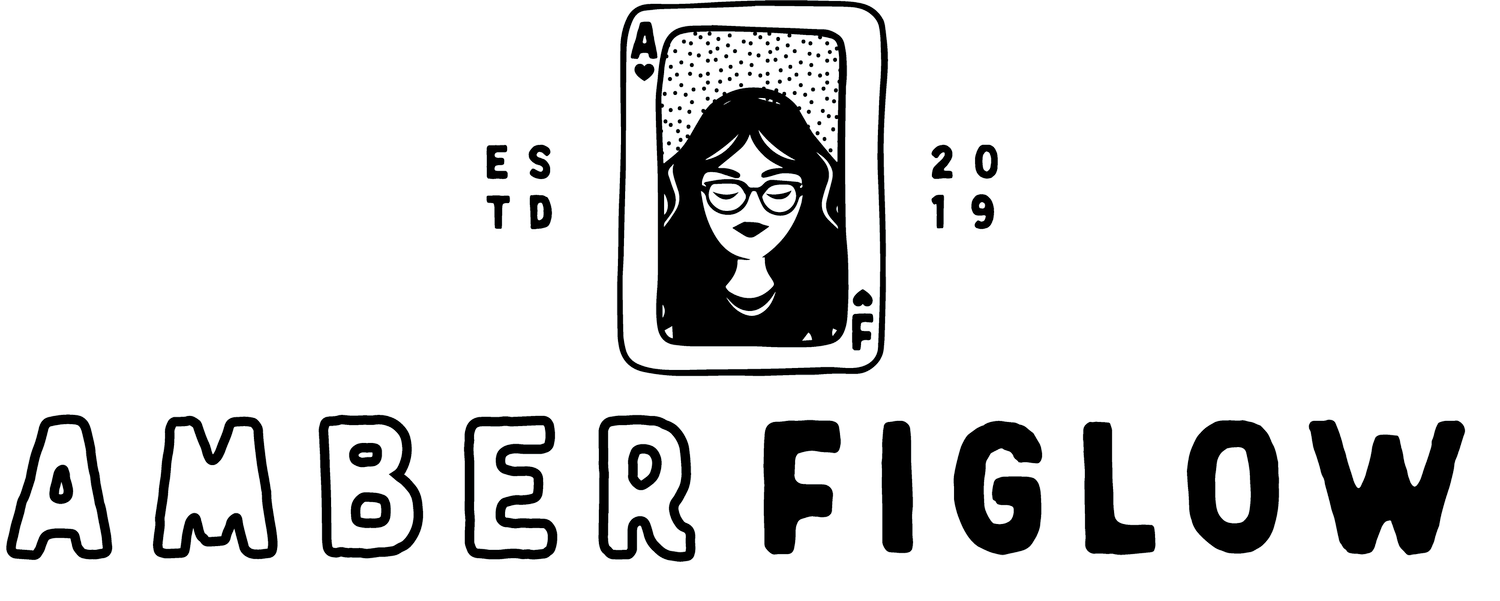Poppy AI Tutorial: How to Turn One YouTube Video Into 30+ Social Media Posts
I used to spend entire evenings staring at blank screens, desperately trying to figure out what to post on Instagram. By 9 PM, I'd be frantically scrambling for content ideas, feeling like I wanted to throw my entire business away just to escape the never-ending content treadmill.
Here's what changed everything: I stopped trying to create 30-50 pieces of original content every week and started getting strategic about multiplication instead.
Now I can turn one YouTube video into more than 30 different social media posts across every major platform. My weekly content planning takes about 30 minutes instead of hours, and I've completely eliminated that Sunday night panic about what to post the next day.
Why Most Small Business Owners Burn Out From Content Creation
The unfortunate truth about social media in 2025 is that we need high quality, high quantity, and high visibility to cut through the noise. The algorithms reward consistency, which means you need to show up regularly across multiple platforms if you want to grow your business.
But here's where most people get stuck: they think this means creating dozens of original pieces of content every single week. That's not sustainable. That's not strategic. And it's definitely not fun.
When you're constantly creating from scratch, you end up in this exhausting cycle of brainstorming, creating, posting, and then starting all over again the next day. No wonder so many business owners feel burned out before they even get started.
The Content Multiplication Mindset Shift
The solution isn't to create more content. It's to make your existing content work harder. You've already poured time, money, energy, and resources into creating valuable content for your business. Whether that's a blog post, a YouTube video, a podcast episode, or even a detailed Instagram caption that performed well, you have content assets sitting there that could be doing more work for you.
Instead of constantly starting from zero, what if you could take one substantial piece of content and transform it into weeks worth of social media posts, email newsletters, and blog content?
That's exactly what content repurposing allows you to do. And when you add AI tools into the mix, you can automate most of the heavy lifting while still maintaining your unique voice and perspective.
My Exact AI Content Repurposing System
I'm going to walk you through the exact system I use to turn one YouTube video into 30+ pieces of content across every major platform. This isn't theoretical, this is the workflow I use every single week to maintain my presence on YouTube, Instagram, TikTok, LinkedIn, Pinterest, email, and more.
Step One: Create Your Hero Content Foundation
Everything starts with what I call "hero content," which is one substantial piece of content that has depth, breadth, and weight to it. This could be:
A YouTube video (my preferred method)
A podcast episode
A detailed blog post or article
The key is that this content needs to have enough substance that you can pull multiple angles, quotes, tips, and insights from it. A quick Instagram caption won't cut it here. If you don't currently create long-form content, don't panic. You can start by recording yourself talking about a topic you know well for 10-15 minutes. Think of it like being on a podcast, just sit down and share your expertise on something your audience needs to know.
Step Two: Set Up Your AI Workflow
I use Poppy AI for this process, but the principles work with other AI tools as well. The key is setting up your workflow properly so you get outputs that actually sound like you, not generic AI content.
You'll need three main components:
Your source content: Upload your hero content (video transcript, podcast transcript, or blog post text) into your AI tool.
Your brand guidelines: This is crucial for getting outputs that sound like you. Include information about your brand voice, tone, target audience, and any specific language preferences. Even if you don't have a formal brand guideline document, you can create a simple text file with notes like "write at a 6th grade reading level," "avoid marketing jargon," "use shorter sentences," and "don't use words like 'guru' or 'leverage.'"
Your custom instructions: Set up templates for each type of content you want to create. For example, when you ask for Instagram posts, you want it to give you a specific number of feed posts, carousel ideas, Reel concepts, and Story suggestions.
Step Three: Generate Platform-Specific Content
Once your system is set up, you can start generating content for each platform. Here's how I approach it:
Email newsletters: I ask the AI to write a standalone email that provides value even if someone never clicks through to watch the full video. This becomes my weekly newsletter.
Instagram content: I generate 20 different post ideas (5 feed posts, 5 carousels, 5 Reels, 5 Stories) and then select the best ones to develop further.
TikTok videos: I create 20 video concepts split between B-roll with text overlay and talking-to-camera scripts.
LinkedIn posts: I generate 15 posts in different formats - short insights, medium-length stories, and longer thought leadership pieces.
Pinterest pins: I create 15-21 pin concepts with SEO-optimized titles and descriptions.
Twitter/X threads: I generate 30 posts in various lengths and styles.
The beauty of this system is that all of this content is connected to your original hero content, so it's strategically aligned while giving you variety across platforms.
Essential Tips for Better AI Content Results
The biggest mistake I see people make with AI content creation is expecting magic results without putting in quality inputs. Remember: garbage in, garbage out. Here's how to get better results:
Give it substantial source material: The more depth your hero content has, the more angles and ideas the AI can pull from. A 15-minute video will give you much better results than a 2-minute clip.
Be specific with your instructions: Instead of asking for "Instagram posts," ask for "5 carousel posts about content batching with slide-by-slide copy and captions that sound conversational and include line breaks."
Always edit the output: AI is an assistant, not a replacement for your brain. I never copy and paste anything directly. I use the AI output as a starting point and then refine it to match my voice and add my personal insights.
Create platform-specific instructions: The way I approach TikTok content is different from how I approach LinkedIn. Make sure your AI instructions reflect the unique characteristics of each platform.
The Reality Check: This Still Requires Work
I want to be completely honest with you: this system saves you massive amounts of time, but it doesn't eliminate work entirely. You still need to:
Create your hero content
Review and edit all AI outputs
Design graphics in Canva
Record videos
Schedule and post everything
What this system does is eliminate the blank screen problem. Instead of spending hours trying to figure out what to post, you have a roadmap. Instead of starting from scratch every single day, you're working from a strategic foundation. My total time investment for 30+ pieces of content per week breaks down like this:
Content planning: 30 minutes
Creating and refining content: 3-4 hours
Total weekly time: 4-5 hours
Compare that to what you're probably spending now, and you can see why this approach is game-changing.
Building Your Content Repurposing System
If you want to implement this system in your own business, start with these steps:
Choose your hero content format: Decide whether you'll use YouTube videos, podcast episodes, or blog posts as your primary content source.
Set up your AI workflow: Choose an AI tool and create your brand guidelines and custom instructions.
Start with one platform: Don't try to tackle every social media platform at once. Pick one or two to start with and master the process.
Create your first batch: Use this system to plan one week's worth of content and see how it feels.
Refine and optimize: Pay attention to what works and what doesn't, then adjust your instructions and process accordingly.
The goal isn't perfection. The goal is progress and sustainability. This system has completely changed how I approach content creation. Instead of dreading the constant demand for new posts, I actually enjoy the strategic process of multiplication. And most importantly, I can focus my energy on serving my clients and growing my business instead of burning out on the content treadmill. If you're ready to stop creating content from scratch and start working smarter, this system could be exactly what you need to finally make content creation sustainable for your business.

